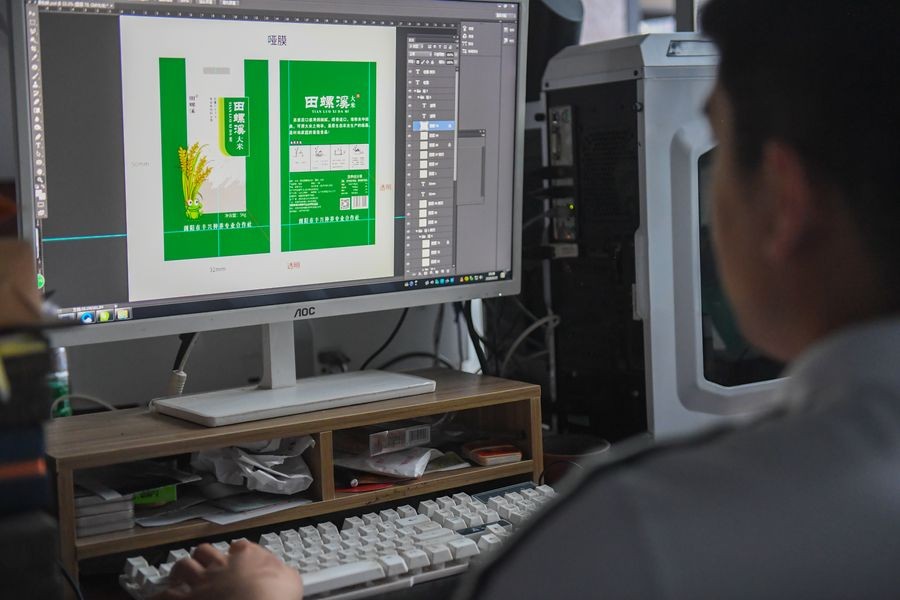The news story of China awarding duty-free and quota-free (DFQF) market access to Bangladesh's exports covering 97 per cent of the tariff lines is no doubt heartening. The trade benefit, extended to a range of 5,161 products, came under the provisions of the World Trade Organisation (WTO) as incorporated at the Hong Kong ministerial declaration in 2005 wherein decision was taken to facilitate the least developed countries (LDCs) with extensive market access by developed countries as well as the developing ones. There is a feeling of gaiety as newspapers headlined the news as a major breakthrough for Bangladesh's exports - that too at a time when the country's exports are experiencing a slump like in most other countries due to the corona pandemic.
It may be noted that China offered duty-free treatment to the LDCs in July 2010 and Bangladesh has been enjoying the benefit for 60 per cent of its tariff lines. The new benefit for Bangladesh will come into force from July 01 and continue until the country graduates to a developing country status, slated for 2024. Simultaneously, Bangladesh will continue enjoying preferential market access to China under the Asia-Pacific Trade Agreement (APTA) that covers 3,700 tariff line products. Under the newly announced facility, Bangladeshi goods will have to ensure value addition of 40 per cent, while under the APTA the requirement is 35 per cent. A senior commerce ministry official has been reported as saying that the 97 per cent tariff lines with no duty and quota will cover most export products of Bangladesh except some drugs, maize and a few agricultural products. The apex chamber of the country FBCCI has hailed the Chinese move.
China is the largest trading partner of Bangladesh with an annual bilateral trade outlay of more than $13 billion. In the fiscal year 2018-19, Bangladesh imported goods worth $12 billion from China as against less than $1.0 billion worth of exports. The yawning trade gap, reducing which is a daunting job, is predominantly because of the country's overwhelming reliance on Chinese imports for a wide range of primary, intermediate and finished goods. Hence, leaving aside the issue of reducing the trade gap - which given the circumstances is not necessarily bad - the important thing here is whether the DFQF would help significantly increase Bangladesh's exports to China. It is here that concerned quarters need to examine the tariff lines closely to see whether the newly announced scheme covers all potential and prospective products including those under various apparel categories.
It may not be out of place here to mention that DFQF is no blank cheque for unhindered market access, as exporting is not only about duty and quota. There are other elements to it - like non-tariff measures (NTMs), compliance needs, and more than anything, fulfilment of value addition requirement. For Bangladeshi exporters fulfilling 40 per cent value addition may be a major problem, as it has already been experienced in respect of many primary products such as vegetables, fishes and sea foods. It would be really rewarding for the country's exports if the authorities take up the issue of relaxing the value addition requirement in future trade talks with their Chinese counterparts.


